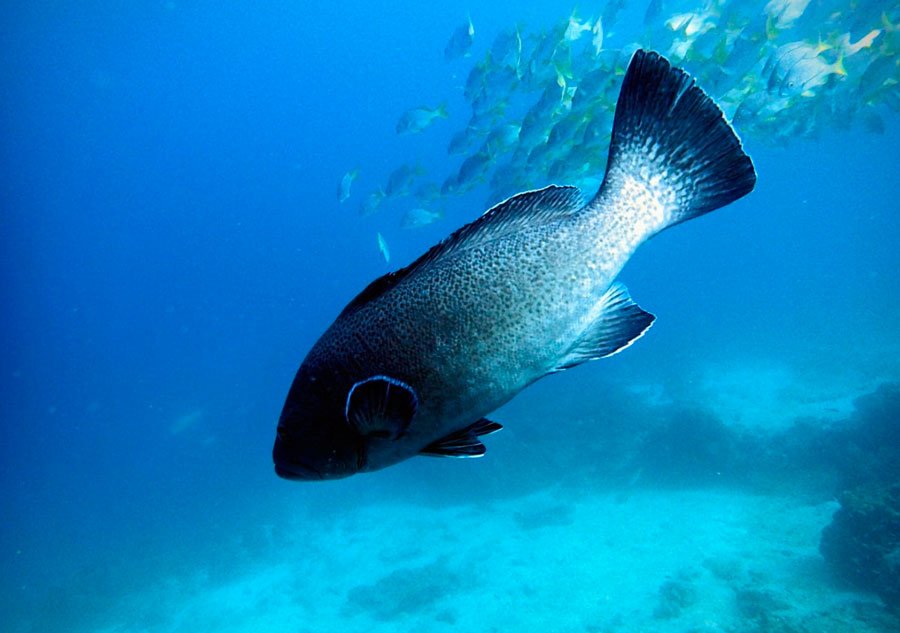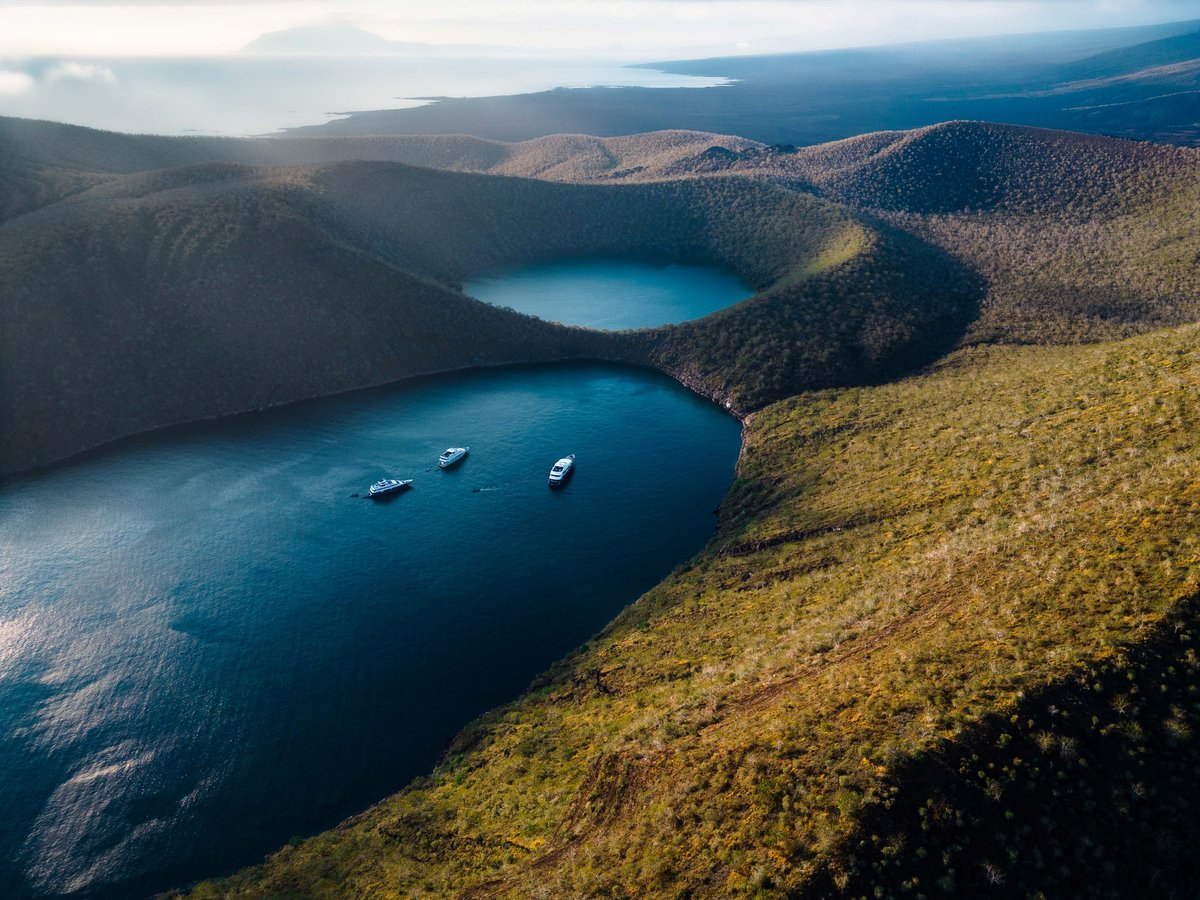Typically, marine reserves are strictly “no-take areas”, but anyone who has visited the Galapagos Marine Reserve (GMR) will know, it’s not a typical area. Unique challenges call for unique solutions, and the fisheries project at the Charles Darwin Research Station (CDRS) has employed a new technique, and an interdisciplinary team, to consider the Galapagos artisanal fisheries from all angles.

One of our top priorities is to relieve fishing pressure from the slow-growing deep and coastal species that are in the highest demand by tourists: Galapagos grouper (Mycteroperca olfax), Pacific spotted scorpionfish (Scorpaena mystes), and whitspotted sand bass (Paralabrax albomaculatus). One phase of the plan is to investigate yellowfin tuna (Thunnus albacares), locally named albacore, as a sustainable option.

To improve the albacora fishery, the Galapagos National Park Directorate (GNPD) and Galapagos government have strategically placed four fish aggregation devices (FADs) in the GMR. The FADs are large buoys that attract a lot of attention from big pelagic schooling fish, such as albacore. Attached to the FADs are echo-sounders, originally designed for the fishing industry to track the whereabouts of commercially valuable species. This is the first time the echo-sounders are being used for environmental management and science in the tropical eastern Pacific.

These sonars use sound waves to detect objects in the sea in the same way as whales and dolphins. When the sound waves touch an object, some of the sounds bounce back to the device and can be interpreted “to know” what that object is, in this case, big pelagic fishes. Data on the amount of fish in the water column (up to 115m), and sea surface temperature is being transmitted from the buoys to the CDRS via satellite at all hours of the day.
“Preliminary results indicate that the FADs could attract 129 tons of big pelagic fishes, mainly albacore, on a single day.” says the fisheries project’s principal investigator, Jorge Ramirez.
In the future, it is hoped that the FADs may become sites of reliable and sustainable harvests for the fishers in Galapagos, so as to improve their incomes, and at the same time ensure the conservation of the fishing species. The goals of the project address the needs of both the social and ecological sides of fishing, and with continued study, the FADs offer a potentially efficient means for the GNPD to monitor catch in real-time.
Reference
Lopez, J., Moreno, G., Boyra, G. & Dagorn, L. (2016). A model based on data from echosounder buoys to estimate biomass of fish species associated with fish aggregating devices. Fishery Bulletin. 114. 166-178. 10.7755/FB.114.2.4.





